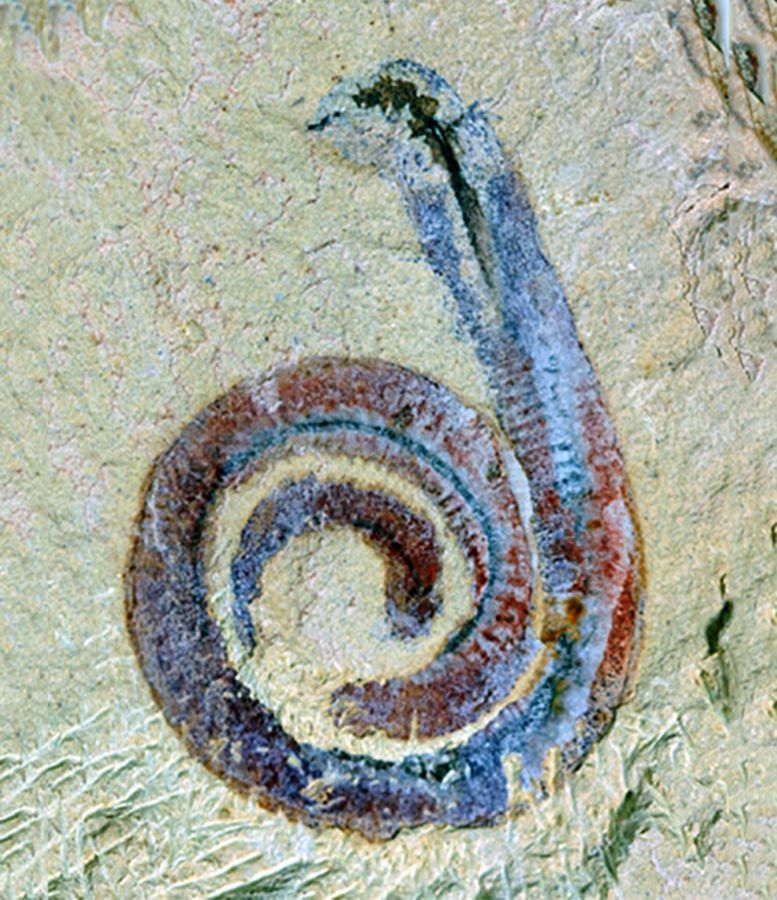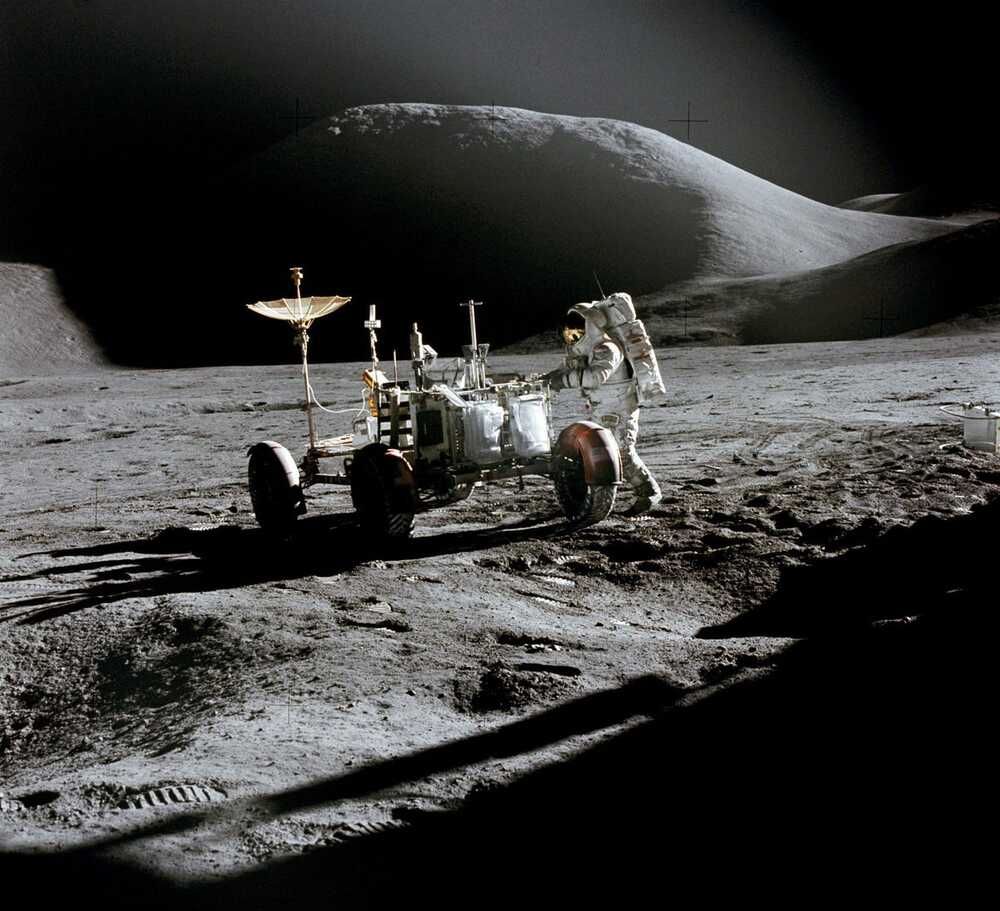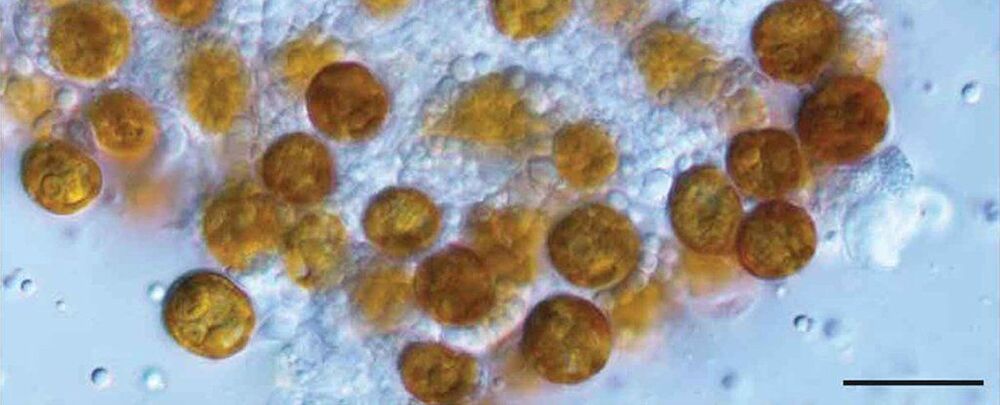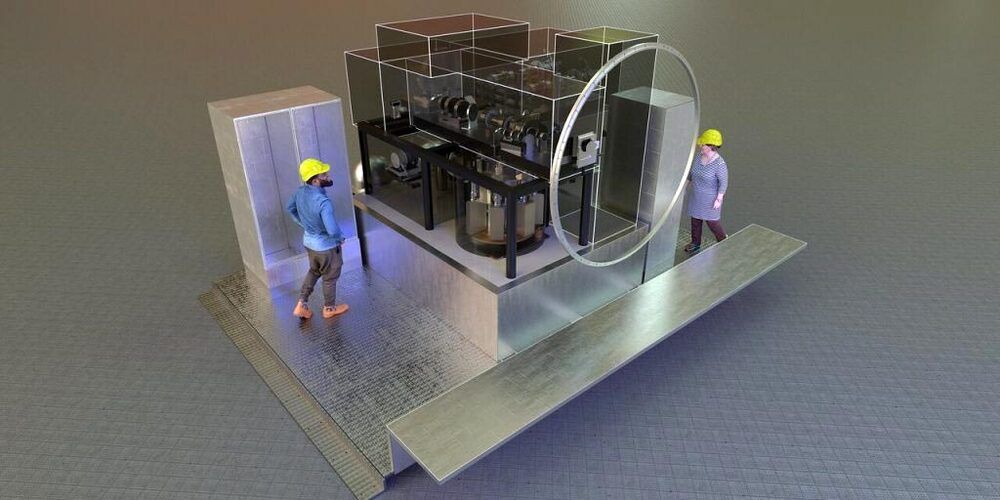
Deposit contains exceptionally preserved fossils of soft-bodied, juvenile organisms from the Cambrian period.
All life on Earth 500 million years ago lived in the oceans, but scientists know little about how these animals and algae developed. A newly discovered fossil deposit near Kunming, China, may hold the keys to understanding how these organisms laid the foundations for life on land and at sea today, according to an international team of researchers.
The fossil deposit, called the Haiyan Lagerstätte, contains an exceptionally preserved trove of early vertebrates and other rare, soft-bodied organisms, more than 50% of which are in the larval and juvenile stages of development. Dating to the Cambrian geologic period approximately 518 million years ago and providing researchers with 2846 specimens so far, the deposit is the oldest and most diverse found to date.


















